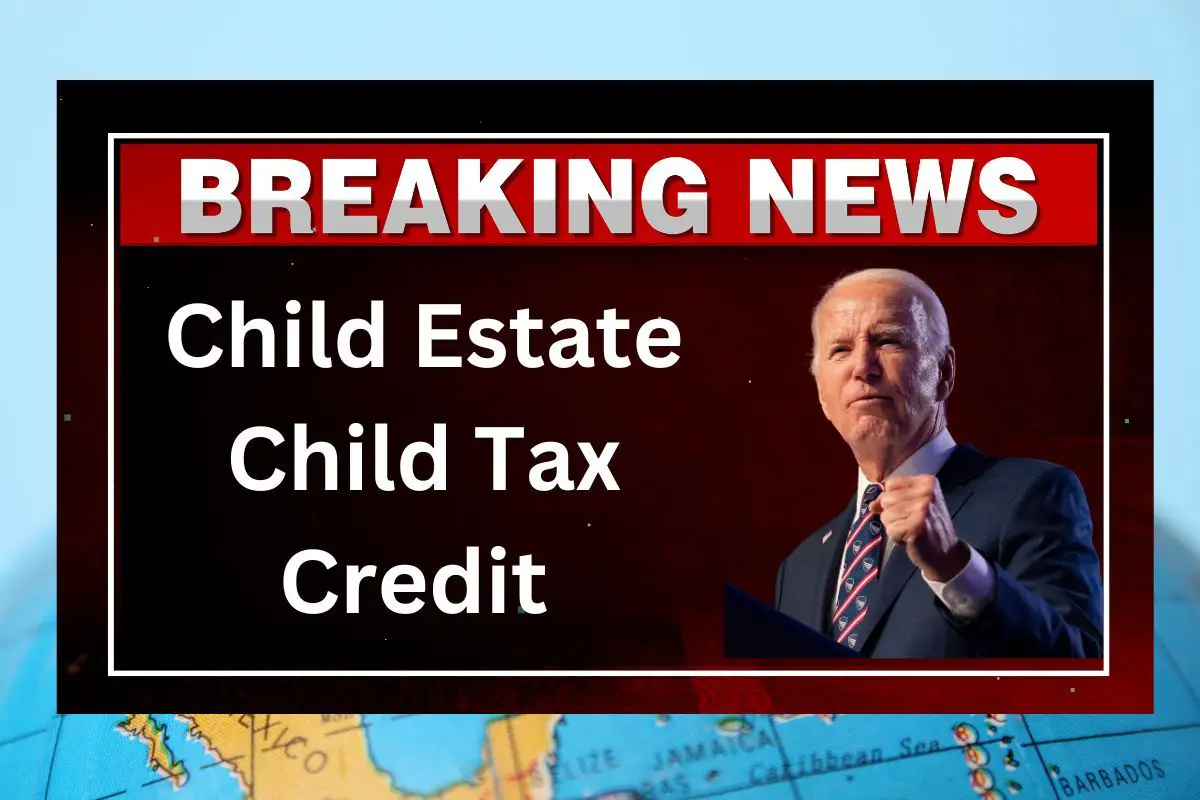The Estate Child Tax Credit (ECTC) is designed to help families with children by providing a means of financial assistance. The goal of this initiative is to lessen the financial strain that parents and guardians bear in light of the current economic challenges. By doing this, we can ensure that children’s needs are met even in hard financial circumstances.
This article’s goal is to look into who qualifies for the $1,750 future payment per child, how that money is allocated, and the wider ramifications of getting such financial aid.
$1750 Per Child Estate Child Tax Credit 2024
The Estate Child Tax Credit is one of a larger number of tax breaks intended to provide families with financial security. This credit, which is meant to help them pay for the costs associated with raising children, is available to families with low to moderate incomes.
It recognizes the significant financial strain that frequently accompanies being a parent, especially in uncertain economic times.
What is the child tax credit amount in 2023?
In the event that Congress does not make any last-minute changes, the child tax credit for 2023 can now be valued up to $2,000 for each qualified child.
Nevertheless, you won’t be able to receive a tax refund for the whole $2,000 because the credit isn’t fully refundable. Even if you are qualified for the full credit amount and have no taxes owed, this is still the situation.
This is due to the fact that a portion of the credit—the portion that is not refundable—might only reduce the total amount of federal tax that you must pay. However, there is some good news as well. A portion of the CTC is refundable, and in 2023, the refundable portion exceeds the refundable portion from the prior year.
- For 2023, there is a refundable portion of the credit of up to $1,600.
- $1,500 was the sole sum that could be reimbursed for the prior year.
Eligibility required
A person’s eligibility for the $1,750 per child ECTC payment is dependent on a number of significant factors, the majority of which are related to income levels, the status of the person’s tax filing, and the age and number of children in the household. A detailed analysis is provided below:
Income standards: Families must meet specific income standards in order to be eligible for the ECTC. Depending on the taxpayer’s tax filing status (single, head of household, married filing jointly, etc.), different phase-out requirements apply to the credit. Generally speaking, families with low to medium incomes are the target audience for this benefit.
The specific income thresholds may vary, but generally speaking, the primary recipients are individuals who file their taxes with an income of less than $75,000 for single filers and less than $150,000 for joint filers.
Due to the age restriction, children under the age of eighteen are eligible for the credit. This complies with the common definition of dependent children found in tax legislation.
This implies that families with many children will receive multiple payments, leading to a significant increase in their total financial support. The credit is calculated for each child. As a result, families with several kids will get several payouts.
Families who are eligible for the benefit must file a tax return in order to be eligible for the credit. As a result, the information required by the tax authorities to handle and disburse the payments will always be available to them.
Are you familiar with the child tax credit? What are the 2023 income restrictions?
Although there are income requirements in order to be eligible for the federal child tax credit, these requirements are significantly more relaxed than those for other types of benefits.
The maximum credit amount for 2023 is available to joint tax filers with modified adjusted gross income (MAGI) of up to $400,000 (or $200,000 for individual filers).
Your MAGI may still qualify you for a partial credit even if it exceeds the requirement. This is due to the fact that if your MAGI exceeds the ceiling, fifty dollars will be deducted from the credit for each thousand dollars. Here are a few of the examples:
- A head of household with a maximum adjusted gross income (MAGI) of $250,000 would not be eligible for the credit because their MAGI is $50,000 higher than the income barrier and the 50×50 formula is $2,500 higher than the credit amount.
- Because their income is only $5,000 over the threshold, taxpayers filing jointly who have a modified adjusted gross income of $405,000 would be eligible for a reduced credit of $1,750.
Does the child tax credit have any age restrictions?
On top of the previously mentioned requirements, your child must have been younger than 17 by the end of 2023.
For that reason, a child who turns 17 during the tax year is not qualified to get the kKidTax Credit (CTC). However, a child under the age of 17 (or any dependent, regardless of age) may qualify for the $500 other dependent tax credit.
- $500-$750 Monthly Checks For Social Security: Know About Eligibility & Payment Dates - June 21, 2024
- $400 Centrelink Bonus Payment 2024 – Application form is open till 27 June - June 21, 2024
- Delhi Jal Board Junior Assistant Recruitment 2024 (OUT) Notification 760 JA Vacancy in Urban Dept Apply Online Date - June 19, 2024

